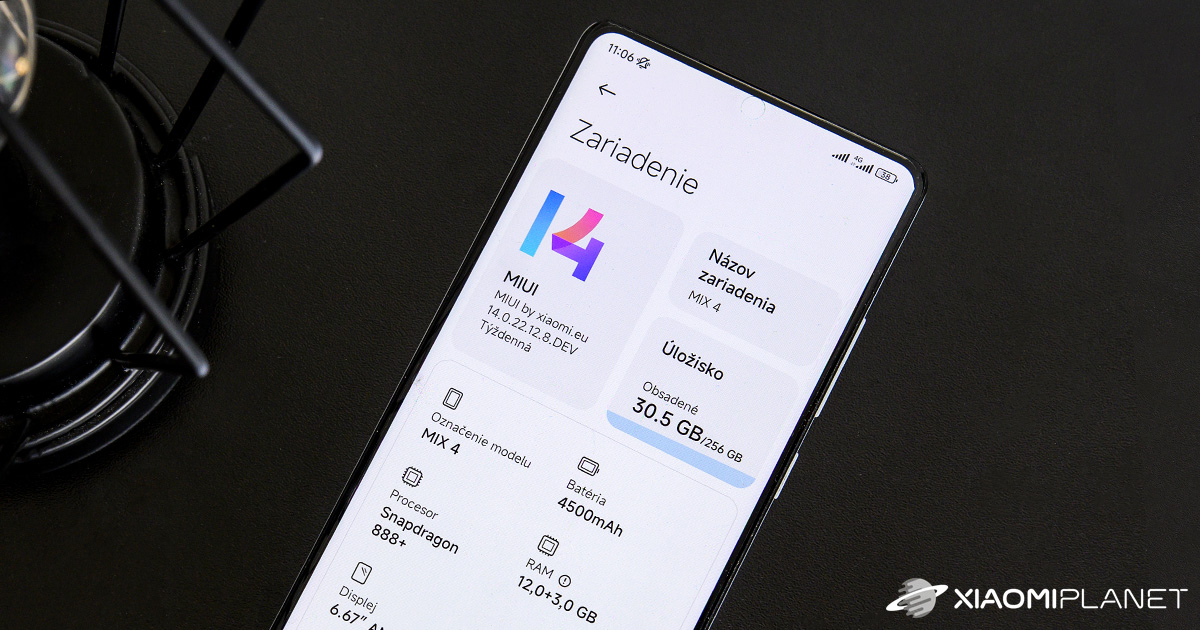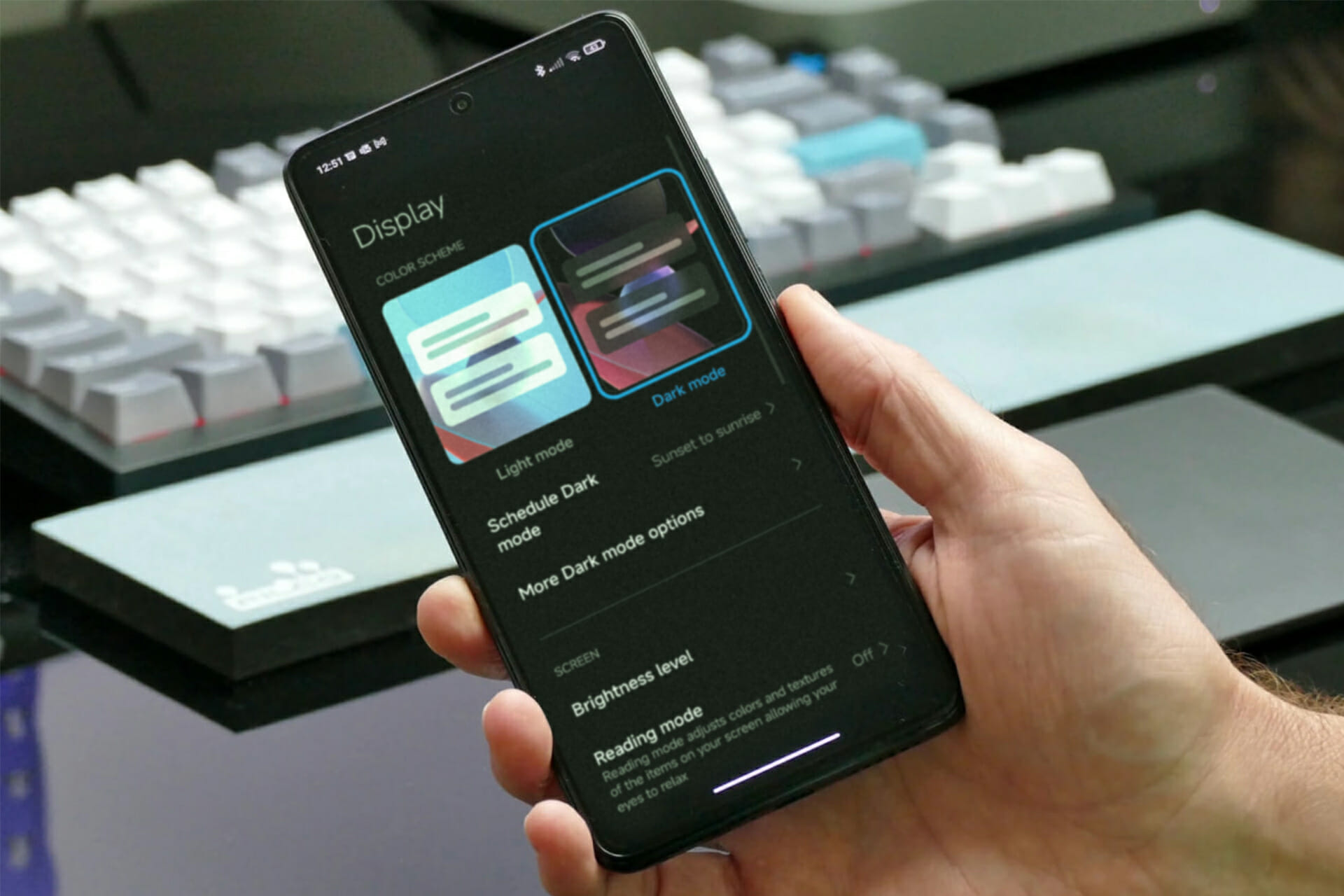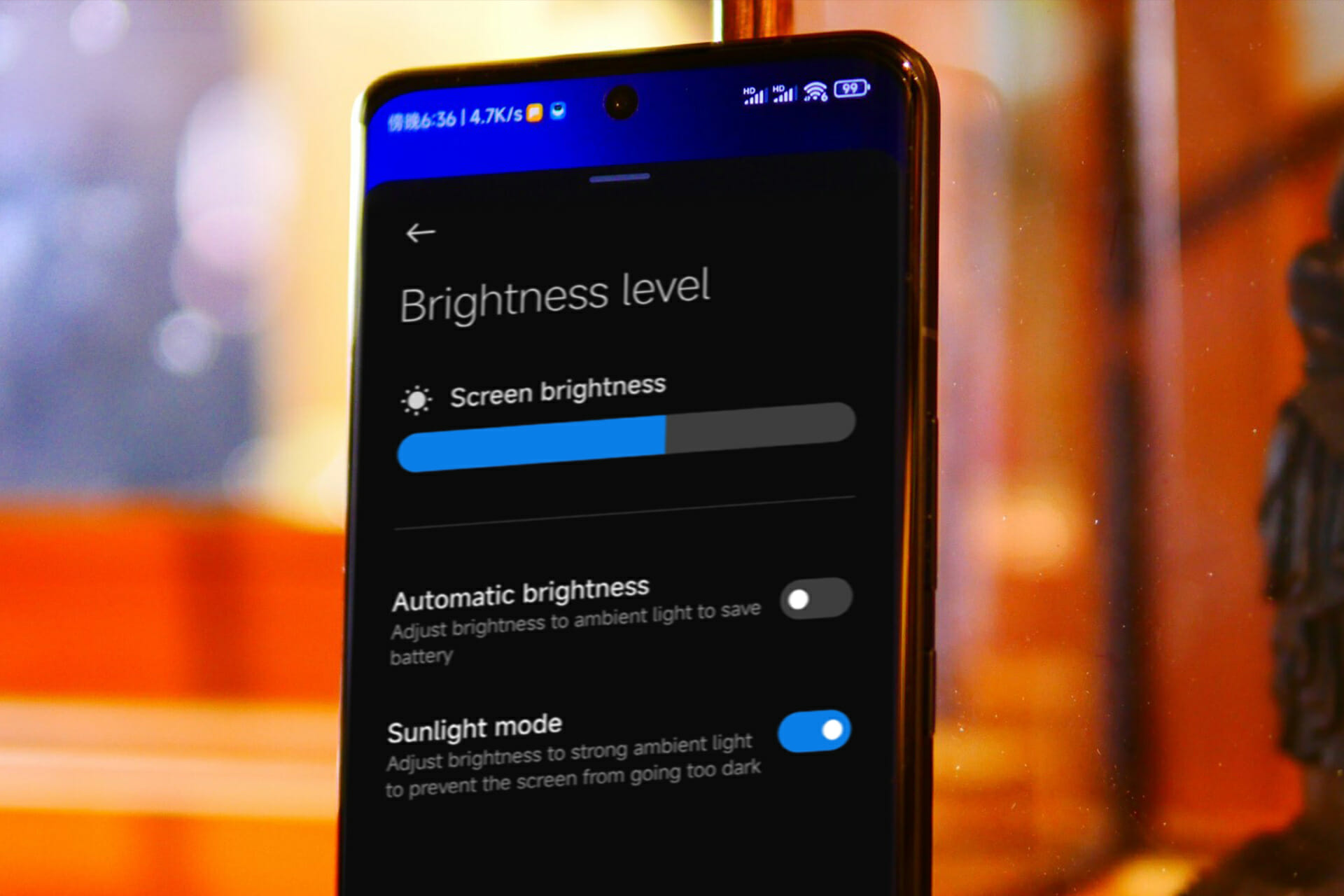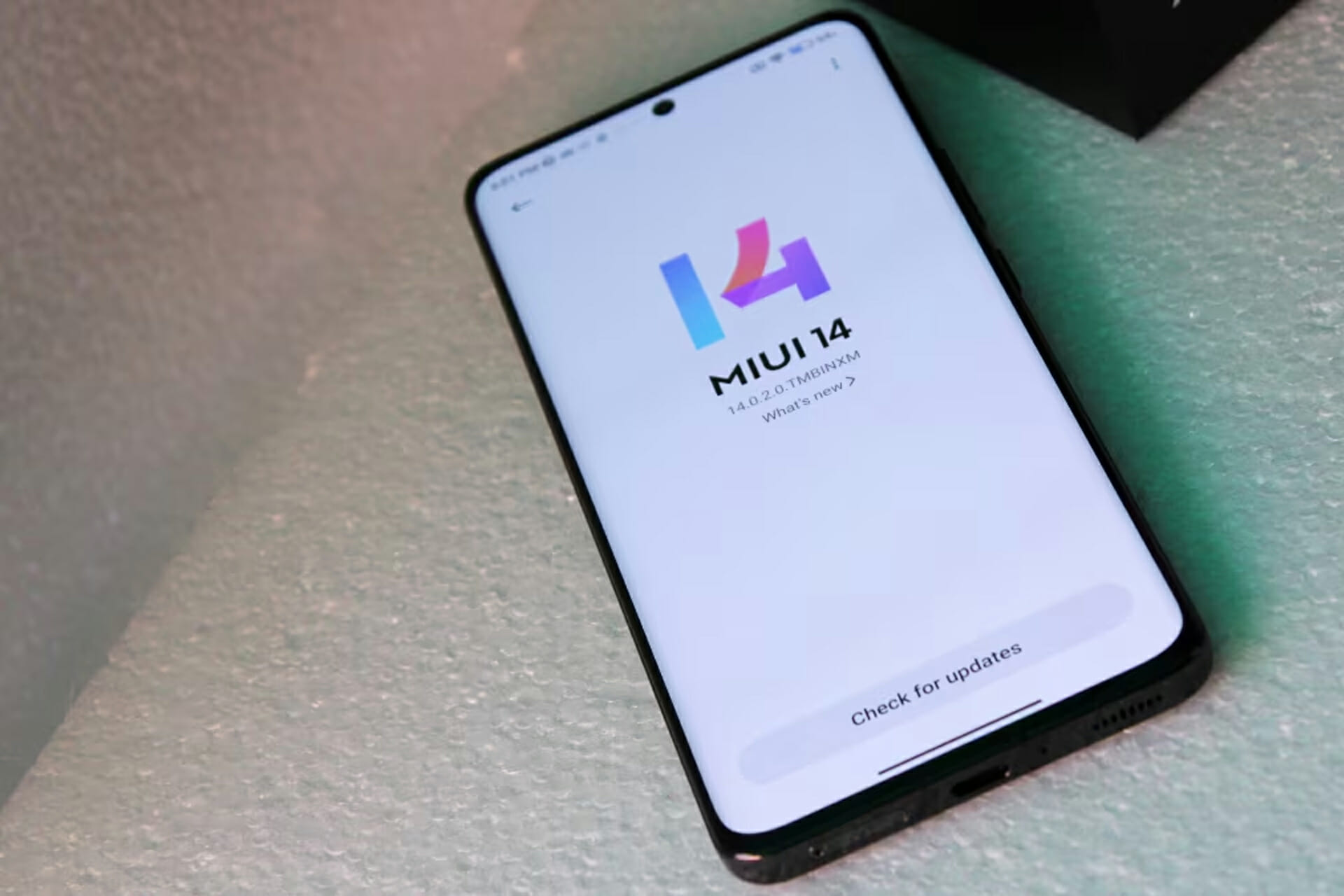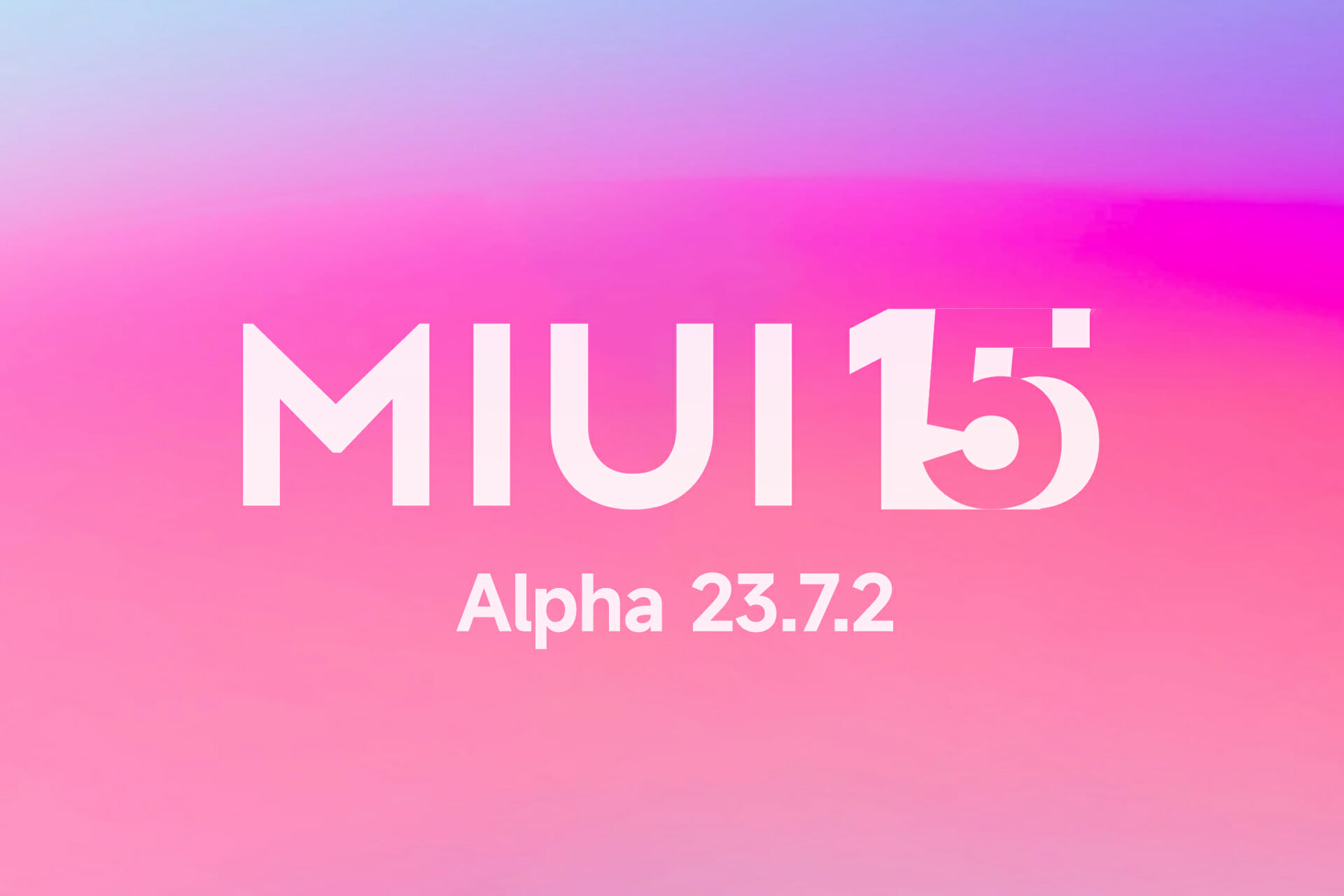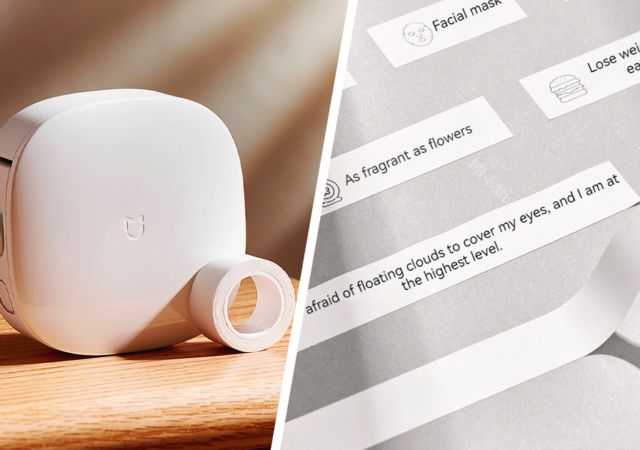Our favorite Chinese tech giant Xiaomi is one of the manufacturers who also think about the future and regularly develop new ones software updates. How does it work and what testing procedure does the company use? We will take a closer look at this in this article.
These are the steps to prepare for the update
Mobile devices have become an integral part of our daily lives. And it is precisely for their smooth and safe operation that software updates are necessary. The Chinese Xiaomi also knows this, which regularly distributes its new bug fixes in three different versions: Daily, Weekly and Stable version.
- First step: Daily version
- Second step: Weekly version, daily version publicly distributed usually at the end of the week
- Third step: Stable version, intended for end customers
The daily release is the first phase. In the second phase, the beta testing process will start and selected beta testers will receive the weekly version. At the end of this chain, stable versions are also released for end customers.
First phase: Daily version
Xiaomi's software team prepares special software packages, so-called daily versions. These releases are the initial stage where the software team can experiment and test new features. Bug fixes and performance improvements are also implemented in these versions. This is also where the development process begins by identifying bugs and potential problems.
Beta testing process: Weekly releases
After testing the daily versions, these versions are included in the beta testing process. They are the so-called weekly versions. In this step, beta testers have the opportunity to try these weekly updates in advance and can provide feedback to the manufacturer. These are usually users of Xiaomi devices in China, who primarily focus on diagnosing and identifying issues from daily releases.
End customer: Stable versions
In the last step, after a thorough check, the updates are fully stable. By this point stable versions they become official updates that are gradually sent to users, i.e. end customers. MIUI updates in the stable version are carefully controlled to provide the smoothest possible user experience.
Analysis of user needs and feedback
Xiaomi is also a very strong brand when it comes to user feedback. It forms the basis of future updates. Satisfaction surveys, community forums and feedback are all tools used effectively to understand what features and fixes users want in their devices. This information helps prioritize areas for updates.
Testing is very important
As you could read in the lines above, MIUI updates go through a rather lengthy testing process before release. At each stage, certain tests are performed to identify and correct errors. However, it is possible that some errors may not be detected in advance or the selected models may offer a different experience. Therefore, Xiaomi encourages its users to provide feedback on bugs.
Continuous improvement based on feedback
Feedback is really key. Active user participation is essential for continuous software development and improvement of the user experience at Xiaomi, Redmi whether POCO devices.
MIUI 14 and MIUI 15
Currently the latest version MIUI 14 is currently active on many Xiaomi devices. And it is the Chinese manufacturer that is constantly working on a better user experience. For this reason, internal testing of the version has also started MIUI 15. This graphic extension is currently tested in daily versions. After some time, it will be available to beta testers in weekly versions. The final step will be to make the update available to end users. And that's when the software is completely stable.
The attention that the Chinese manufacturer Xiaomi pays to user feedback when preparing updates is an important factor that increases the company's leadership in the field of software and user satisfaction.
How satisfied are you with the updates for your smartphone? Also follow our website Xiaomi Planet, our group on Telegram full of current articles, subscribe to the news and join us to our Facebook group.


